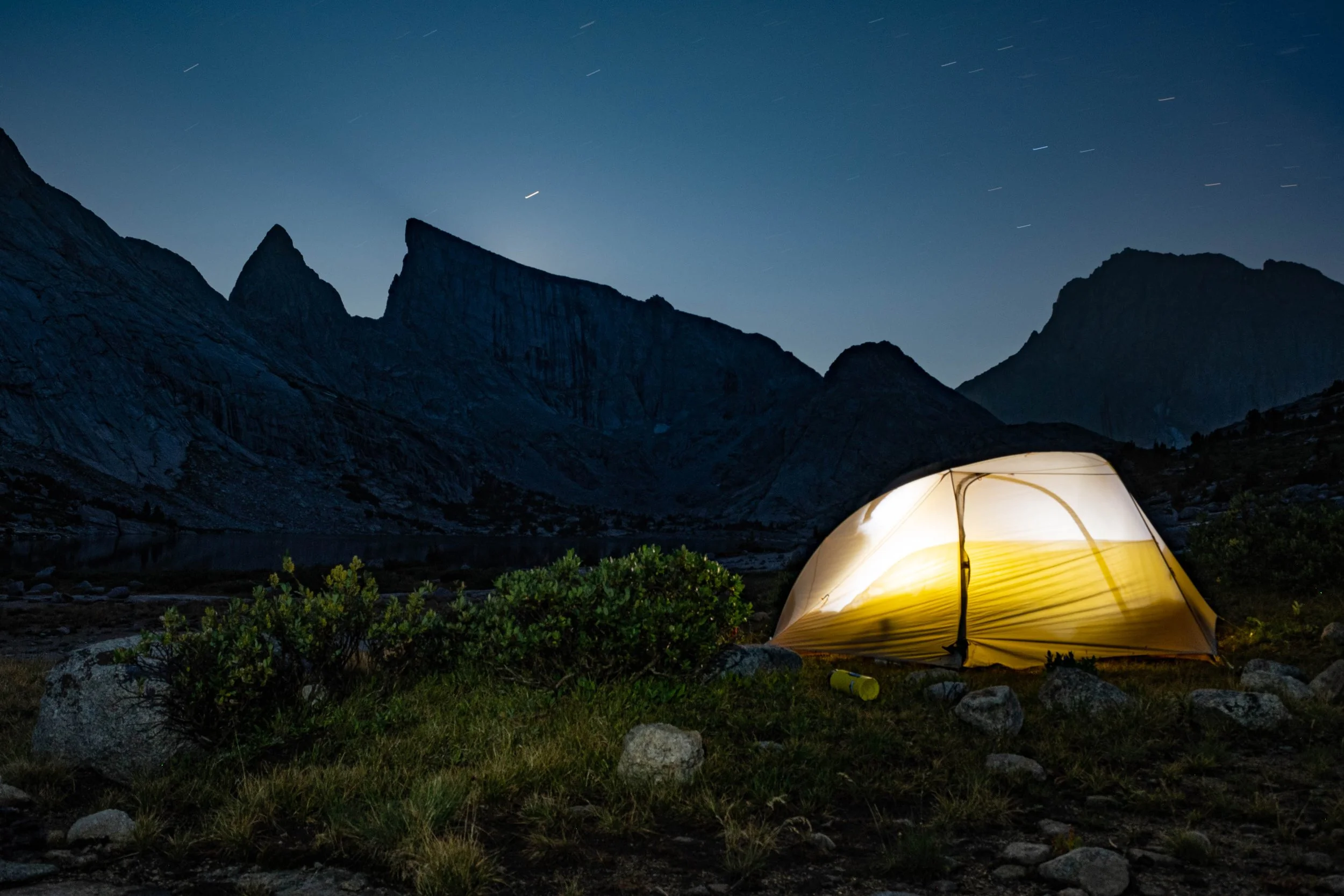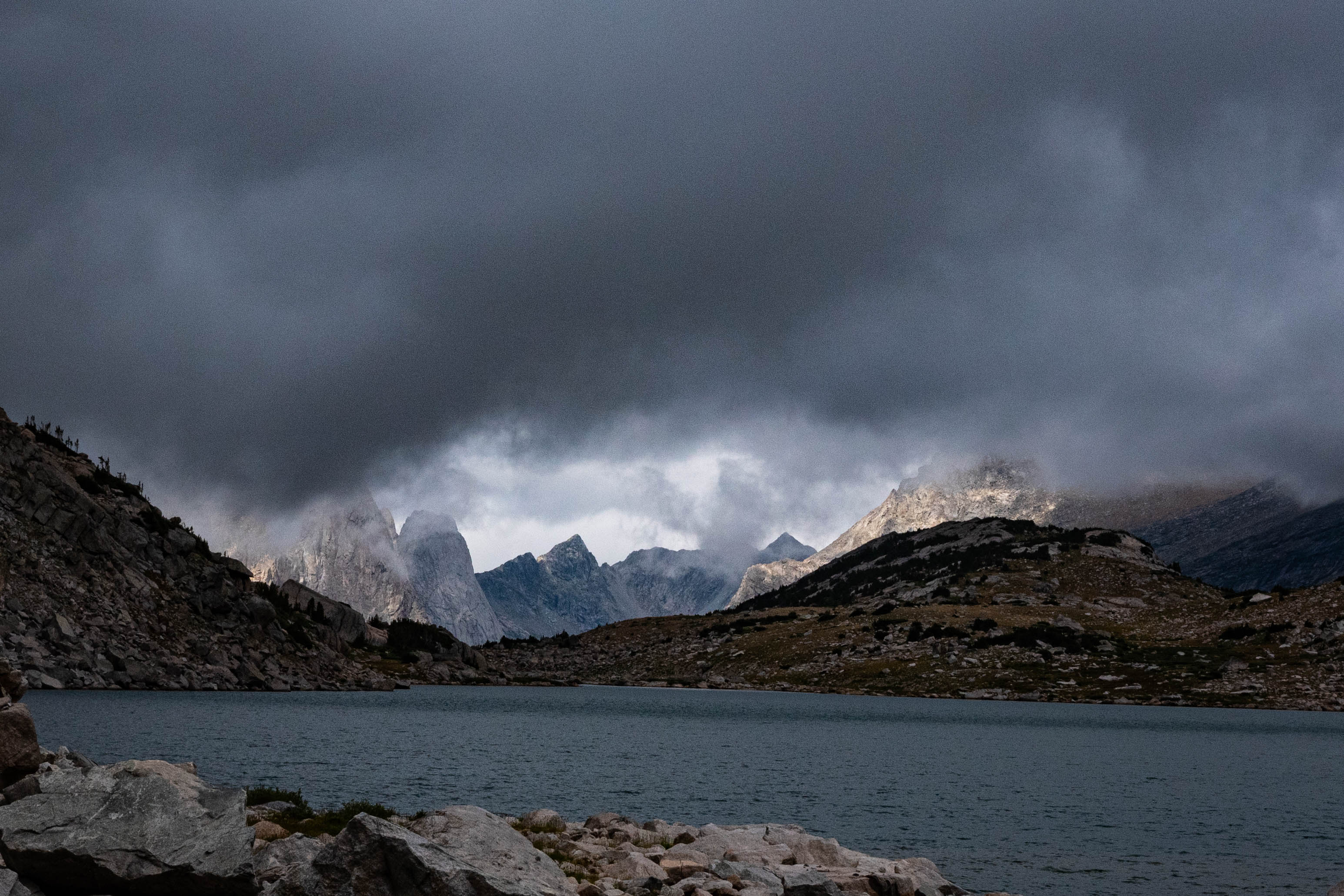Our Relationship with the Land
By Taylor Brandt
Promoting Stewardship Through Recreation
Increasing numbers of outdoor enthusiasts might be harming the very land they appreciate
Photo by Tucker Cocchiarella
“It will be objected that a constantly increasing population makes resistance and conservation a hopeless battle … Wilderness preservation, like a hundred other good causes, will be forgotten under the overwhelming pressure of a struggle for mere survival and sanity in a completely urbanized, completely industrialized, ever more crowded environment.”
I had always thought that what made me an environmentalist was my relationship with the land. I grew up exploring and learning from the natural cycles of life. While exploration was once running around the neighborhood woods and picking up snail shells, it’s become mountain biking, backcountry skiing, and backpacking. As I’ve studied the environment—and society's relationship with it—I’ve encountered links between outdoor recreation and urbanization of the land. I’ve realized that oftentimes, my desire to recreate on the land overpowers my desire to honor it.
The essence of the environmental movement revolves around protecting the Earth. It’s Rachel Carson’s “Silent Spring,” which exposed the dangers of DDT and led to the Environmental Protection Agency. It’s Edward Abbey’s “Desert Solitaire,” wishing that the only way to access national parks was by foot and warning about the growth of outdoor recreation.
As more people move to the West and participate in outdoor recreation, we see and experience the impacts that such idealization of open space and solitude has on the environment. Wide-spread developments increase as we all attempt to spread out, droughts intensify as we run out of water for growing populations in arid environments, and trails erode as high volumes of traffic attempt to access wilderness.
In hopes of escaping the crowds and heat of Bozeman last summer, I hopped into my Jeep—which, at best, gets 18 miles to the gallon—and drove 291 miles to Pinedale, Wyoming. My cousin Tucker had called me a few days earlier and asked if I wanted to go on a backpacking trip in the Wind River Range. With over 40 named peaks that exceed 13,000 feet, seven of the largest glaciers in the Rocky Mountains, over 1,300 named lakes, and legendary alpine rock climbing, it was an easy answer for me.
Photo by Tucker Cocchiarella
Photo by Tucker Cocchiarella
I met Tucker in Pinedale—the closest town to the trailhead we were planning on going to—and we drove another 57 miles. It felt like we were in the middle of nowhere until we reached Big Sandy Trailhead and had to desperately search for a parking spot. The Wind Rivers were clearly no longer a secret.
As we organized our gear, we migrated to the trailhead board to take another look at the map of the area and sign-in. Looking over the logbook, we saw that many groups had come from all over the country to backpack in the Wind Rivers. On the trailhead board, we noticed a sign that neither of us had encountered before: Are you aware? Overused areas: Create congestion, pollution, eroded trails, visual blight; Generate discontentment, concern, bad experience; Instigate enforcement, restrictions, closure. It is up to you.
My body tensed as I read the placard. It looked like a hand-drawn flow chart, but authoritatively placed behind plexiglass. Just like all the “Smokey the Bear” signs that I’d grown accustomed to seeing, the message placed responsibilities onto the recreator; however, it provoked quite a different reaction. I could follow guidance on wildfire prevention while backpacking, but it seemed that the only way to prevent areas from overuse was, well, to not use them. A part of me wanted to turn around and drive back to Bozeman to help prevent the problem, but I'd already traveled so far to get here.
During the five mile walk to Big Sandy Lake, we encountered more groups on the trail than I could keep track of. Because of the minimal elevation gain to reach the first lake, it was an easy hike and a popular camping spot. Tucker and I ultimately planned on continuing past it to another one—higher up, and a few more miles away.
Our camping spot was undeniably gorgeous, but also showed undeniable signs of use: eroded soil, worn down fire rings, and scattered granola bar wrappers littered the space. Across the lake, two other tents were visible. By the next day, another had joined our ranks. Unfortunately, due to a continuous rainstorm throughout our short, three-day trek, we couldn’t climb any of the peaks we had planned on summiting. At times, when the clouds parted and light shone down on us with warmth, I felt immense gratitude for the sun.
During my 348-mile drive back to Bozeman, I found myself admiring the Teton Range while sitting in Jackson Hole rush-hour traffic. I couldn’t help but wonder if this—excessive fuel use, increasing populations, and eroding trails all in efforts to access a sublime environment—was what caring for the land looked like. I knew it wasn’t. My desire for solitude in the wilderness was futile. We have already far surpassed Abbey’s fears that urbanization and technological advancements might overpower conservation.
There was a time when moving to the West and being encompassed by wilderness signified giving up on a professional life and economic success. Now, this sacrifice isn’t required: it’s possible to live in Bozeman, enjoy outdoor recreation, and still run a tech company. The West has become more accessible and livable; the outdoor lifestyle has been glorified, sold as a technique to inspire others about the environment, and used to help grow the economy of small towns. But somewhere amongst the articles, documentaries, and advertisements highlighting the many ways to use the land, we’ve lost the importance of caring for it. We’ve cultivated problems of overuse and congestion.
As we continue to develop and industrialize society, human presence in the wilderness is having greater impacts on the land. People have flooded the wilderness in their desire to explore and recreate, and we must acknowledge that this level of recreational land use is not sustainable. Outdoor recreation requires immense amounts of gear and equipment. Legendary and sought-after areas often require extensive motor vehicle travel. Parking lots are overflowing, and the soil is eroding all around us.
I’ll admit that I don’t want to stop mountain biking, backcountry skiing, or backpacking because of the impacts these activities have on the environment. But, we must remind ourselves that outdoor recreation isn’t equivalent to caring for the land. Environmentalism is about much more than being a conscious trail user; it’s about more than enjoying the scenery and escaping into the wilderness. Being an environmentalist is about honoring the land and understanding our place within the natural world.



